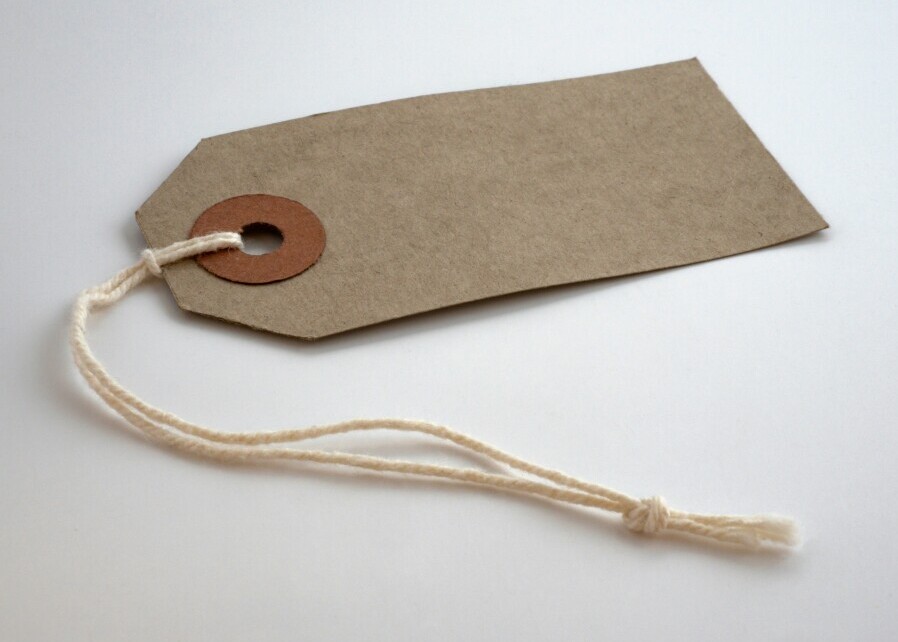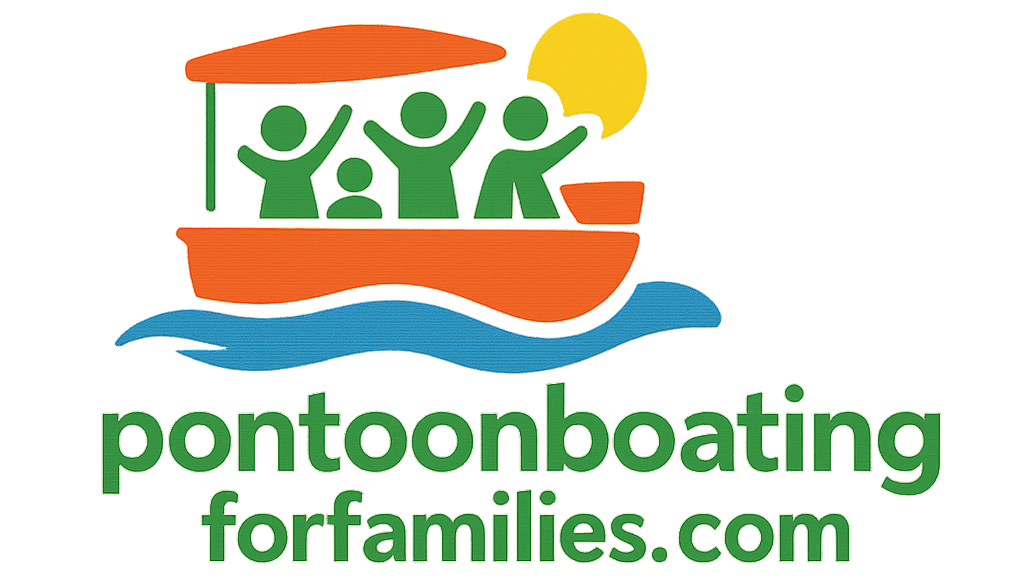Figuring out the best time to buy a pontoon boat is a pretty big deal for anyone hoping to score some savings, or just get the exact boat they want.
Boat prices don’t stay the same all year; they depend on demand, changing models, and how eager dealers are to move inventory. Knowing this rhythm is actually pretty handy. Good timing can sometimes mean saving thousands, getting extra gear thrown in, or even picking up financing with lower rates than usual.

How Pontoon Boat Prices Change Through the Year
Pontoon boat prices don’t just switch up randomly; they follow a pattern based on the seasons and dealership cycles. During the winter and early spring, you’ll often see preseason discounts and attention-grabbing boat show deals. By summer, demand peaks and prices usually climb. When late summer and early fall roll around, dealers start making deals to clear out older models. This is when the savings can get pretty interesting.
Every season has its own mix of inventory, deals, and buyer competition. Dealers have to manage showroom space, keep up with new boat releases, and make way for next season’s stock. That means buyers willing to watch the calendar can often catch some pretty good opportunities.
Winter (December–February): Offseason Bargain Hunting
Shopping for a pontoon boat in the winter isn’t just about braving the cold, it can actually have real perks. This is the slowest time of year for most boat dealerships, especially in northern states where ice puts a full stop to local boating activities.
- Pros: Dealers are motivated to make room for new stock, leading to bigger discounts and more flexibility during negotiation. With way fewer buyers around, you get more attention and better chances to talk through offers.
- Cons: The catch is that selection can be pretty limited by now. Most of the previous year’s models are picked through, and you’ll mostly find colors or layouts that didn’t sell fast. Also, you probably won’t be taking your new pontoon out anytime soon if you live somewhere cold.
If you don’t mind last year’s styles or missing out on custom options, winter shopping often works out for people who are looking to save and aren’t picky about small details.
Spring (March–May): Kickoff and New Models
Spring is when the new lineup hits the showroom and everybody starts thinking about hitting the water. Lots of boat shows take place during these months, and that means manufacturers and dealers are making special offers to get buyers’ attention before summer.
- Pros: You’ve got the full range of new models and can often customize your boat with specific features or colors. Boat shows bring exclusive pricing, free add-ons, or even bonus warranties. Demos become available, so you can see how each boat feels out on the water.
- Cons: The main downside is that demand ramps up fast, so those discounts aren’t usually as deep as in winter or early fall. Since plenty of buyers are interested, the chance to haggle is a bit lower.
Spring works well for buyers who want to pick out the latest and greatest or customize everything, while still getting a better-than-average deal by hitting a special boat show event. These shows bring energy and excitement, letting you get a feel for all the newest models, accessories, and features. Plus, the possibility of meeting factory reps and asking in-depth questions adds to the advantage.
Summer (June–August): When Demand Peaks
Summer is prime boating season, especially across the Midwest, Northeast, and any region with short warm months. Showrooms look well stocked, lakes are busy, and just about everyone is dreaming of sunny days on the water.
- Pros: Inventory is at its widest, so you’ll find just about every model, size, and color in stock. Test-driving is easy, plus the weather makes it feel a lot more fun to picture yourself aboard.
- Cons: Prices reach their highest point. Dealer incentives dry up, and there’s not much room to bargain. Discounts are rare, except for a few midsummer promos, like around Independence Day, but those usually don’t match what’s available in winter or early fall.
Summer shopping is best if you want to buy and use your boat right away. However, expect to pay a premium for that privilege.
Late Summer to Early Fall (August–October): Where Most Deals Happen
As summer wraps up, dealer priorities switch up in a big way. Clearing out current inventory becomes important so there’s space for new boat deliveries, and the possibility of boats going unsold till next year makes sales teams much more open to negotiating.
- Pros: This is when you’ll find some of the best prices, whether you’re looking at brand-new “current year” stock or barely used demos. Dealers want to avoid storage fees or leftover models, so discounts get more aggressive. The inventory is still pretty good, which means more options without the slim pickings of winter.
- Cons: Customization choices start to dry up because boats in stock are already built. If you want super specific features or colors, you might have to make a few compromises.
For buyers focused on overall value, late summer and early fall are hard to beat. You get solid inventory, dealer motivation, and some of the deepest discounts you’ll see all year—making this window one of the most popular times for smart shoppers.
Why Boat Shows and Dealer Incentives Can Change the Game
Boat shows are a huge part of the buying cycle, mainly happening from January through March. Manufacturers and local dealers often work together to offer exclusive deals, bonus financing, and big rebates. Shopping at a big show can score you extended warranties, free add-ons, or factory-direct pricing you probably won’t see any other time of year.
If you miss the big shows, don’t worry. Many dealers will actually extend show pricing to customers that visit their lot shortly after. Just ask if they can match what was offered at the last boat show; there’s a good chance they’ll say yes, especially if they sense you’re shopping around.
Used Pontoon Boats: Watching for Seller Motivation
Used pontoons work a little differently, but they still tend to mirror the cycle of new inventory. The sweet spot runs from August through October. Many owners try to sell before storing for the winter, which means they’re more likely to negotiate, toss in gear, or even drop price to avoid another year of tax or storage payments. Some may even bundle in important extras like lifejackets, depth finders, or covers if you offer to take the boat quickly off their hands.
Shopping used before winter can give buyers access to more listings, better prices, and a chance at a certified preowned boat with a limited warranty. If buying from a private party, don’t be afraid to negotiate. Owners are often eager to avoid the hassle and expense of keeping the boat all winter, so sometimes flexibility is possible both in price and delivery arrangements.
Regional Differences in Boating Seasons
Your location can change these buying patterns by several weeks or even months. Up north, dealers start running clearance deals in August and September because the boating season winds down early. Southern dealers, on the other hand, have longer selling seasons and may not get aggressive with discounting until October or later. In states with year-round boating, some dealers keep more inventory and offer more year-long promotions to stay competitive.
Buying out of state or checking with online brokers can open up more options. If you’re willing to handle a bit of travel, you might stumble upon savings just by watching what’s happening in another region’s market. Even factoring in transport costs, a well-timed deal in another state can end up cheaper overall than waiting for discounts locally.
Other Price Shifters: Gas, Interest Rates, and Supply
Bigger market trends impact boat prices from time to time. If gas prices spike, lots of people put off buying and dealers may offer better discounts to get boats moving. High interest rates also slow down big purchases like boats, prompting sales teams to offer special financing or slash prices to keep deals flowing. The price of aluminum, which pontoon boats use a lot of, can also affect what you pay.
All this means the perfect time to buy could switch up a bit from year to year, based on things happening way beyond just the showrooms and lakes. Staying on top of trends in fuel prices, interest rates, and even factory lead times can help you spot subtle changes to the seasonal buying equation.
Negotiating Like a Pro

Walking in with some research goes a long way. Check dealer inventory online and look for “noncurrent” models—that’s a fancy term for last year’s leftovers. Ask what’s coming in next, since new models arriving often mean last year’s boats are discounted even more.
Getting preapproved for financing and bringing competitive quotes from other dealers helps, too. Try asking for extra accessories—like covers, anchors, or electronics—to be bundled into the final deal. Dealers are often willing to sweeten the pot to make the sale, particularly as summer ends and fall begins. Timing your offer for near the end of the sales month or quarter can also give extra leverage, because many dealers have sales targets and are motivated to close deals especially at those times.
Avoiding Common Pitfalls
- Buying when summer demand is sky high usually means paying the most and facing less room for negotiation.
- Forgetting about upcoming model year changes can leave you paying more for a boat that’ll “look old” a month later.
- Skipping spring boat shows often means missing out on exclusive deals and limited-time bonuses.
- Accessories can add 5–10% to your total bill. Budget for these upfront rather than getting surprised at checkout.
It’s also a good idea to look over financing terms and insurance rates before closing a deal. Some buyers only spot hidden costs or fine print after the paperwork is started. Taking a bit of time to review everything will make sure you really get the savings you expect.
Picking the Right Buying Window

If the goal is maximum savings, shopping for your pontoon boat from late August through October is usually your best bet. You’ll find dealers working to clear out stock, new model-year releases giving extra discount leverage, and enough inventory to pick from. If your main goal is custom features and the newest style, spring boat shows offer a great mix of fresh options and solid incentives.
Being flexible on timing, doing your research, and negotiating with confidence go a long way. Watching the seasonal sales cycle and dealership incentives means you can buy your pontoon knowing you made a smart move. You’ll probably save enough for a few extra lake trips this year—and have the satisfaction of getting the most value for your money. With patience and a bit of strategy, getting into the captain’s seat of your dream pontoon becomes far more rewarding, both for your wallet and your boating fun.
